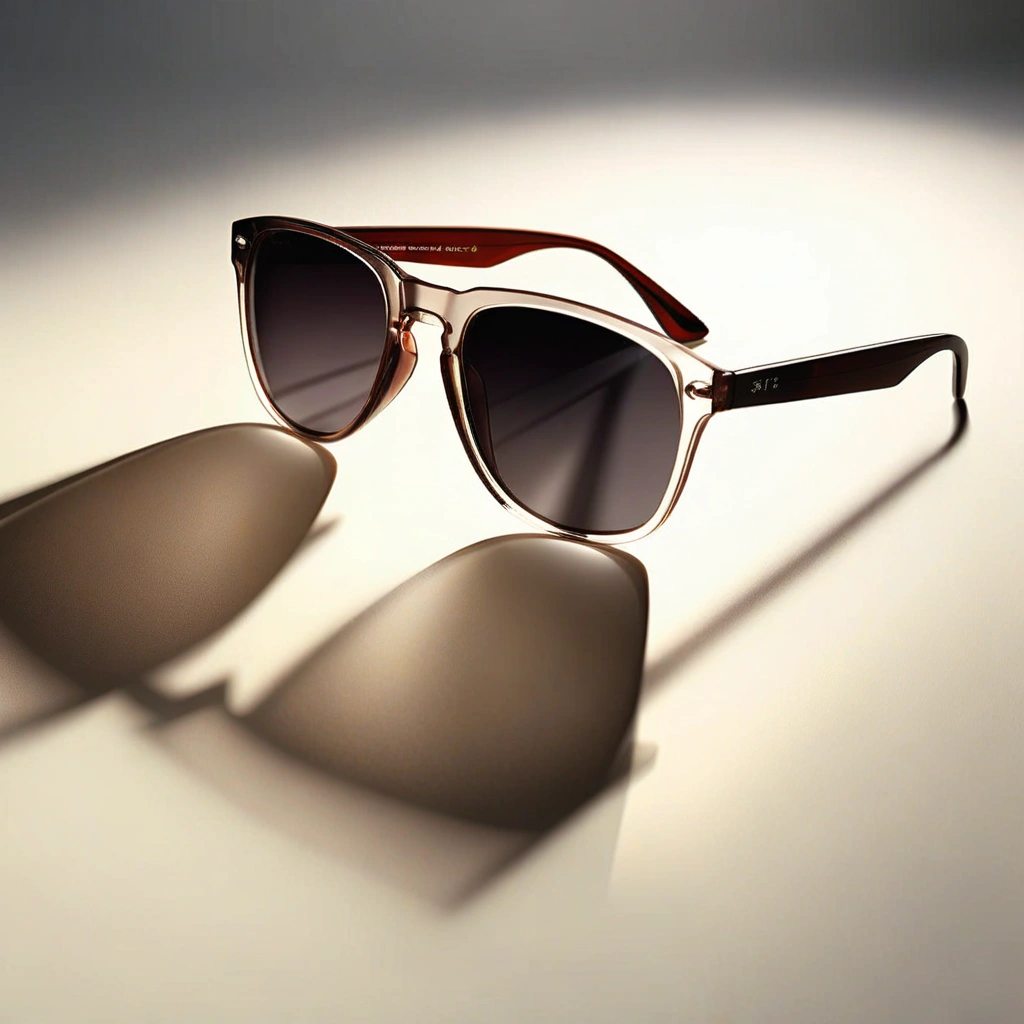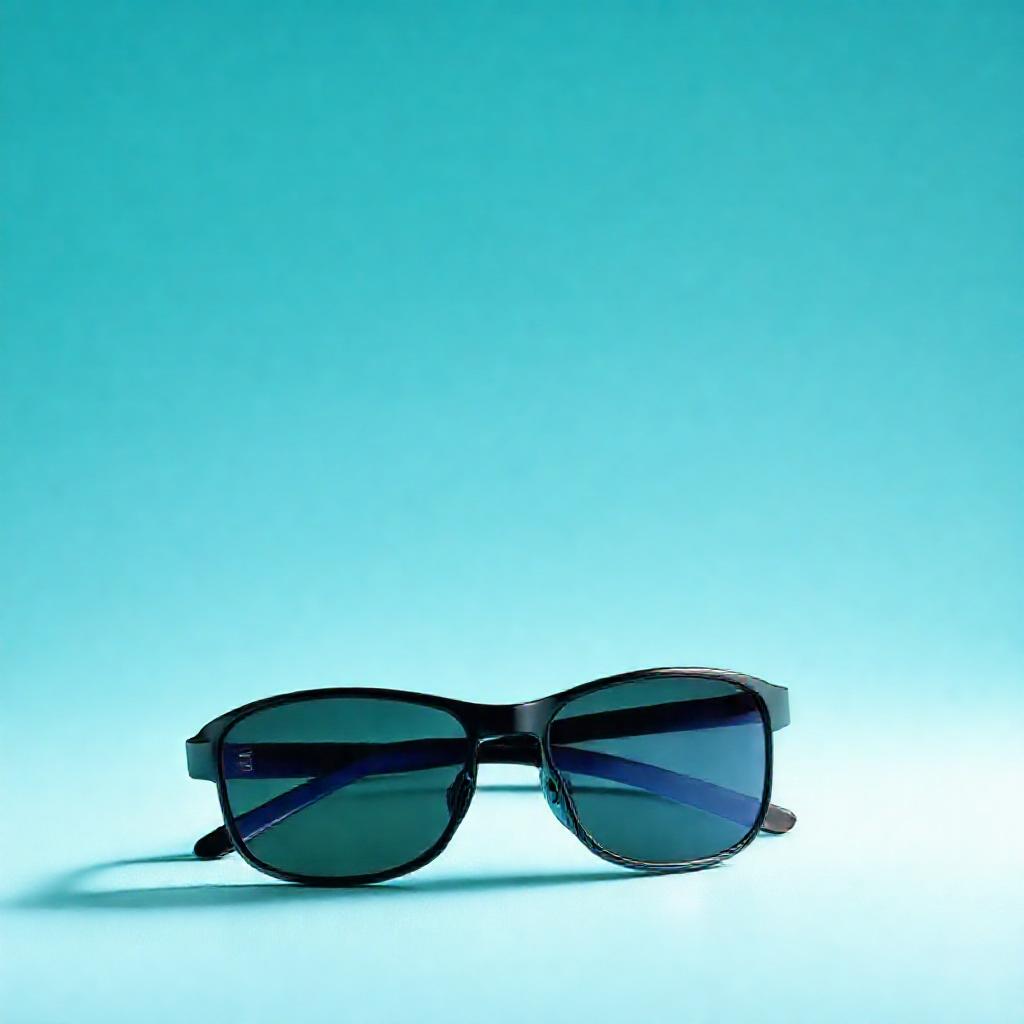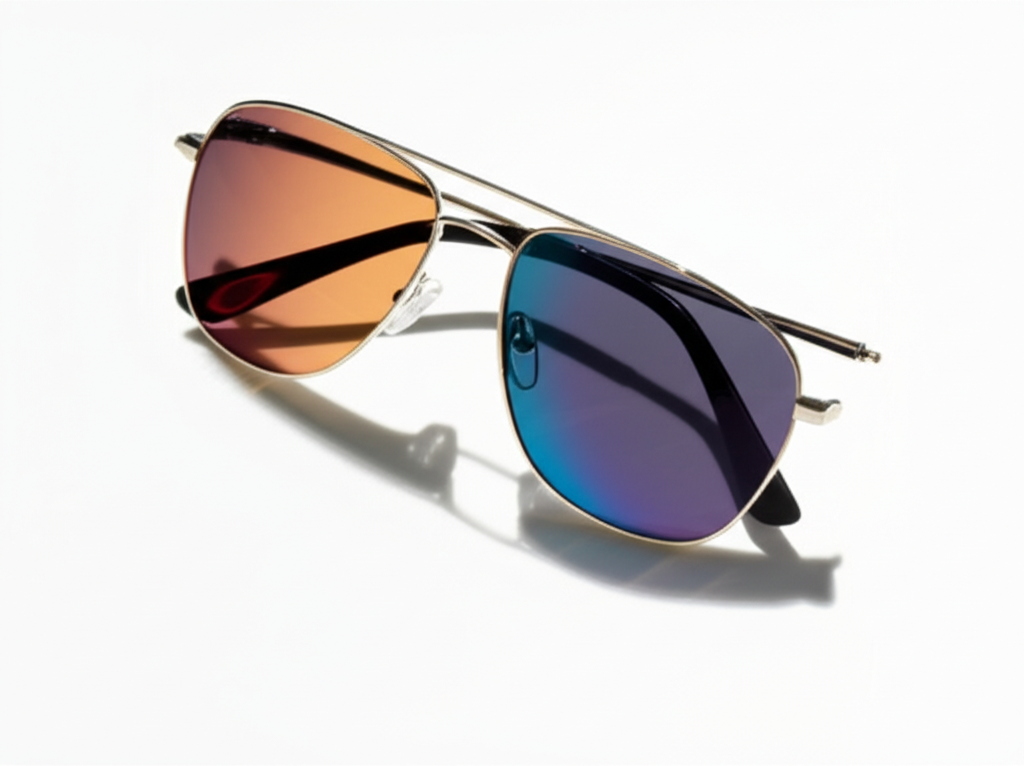What is Light Transmission for Sunglasses

When it comes to choosing the perfect pair of sunglasses, understanding light transmission is crucial. Light transmission refers to the percentage of visible light that passes through the lenses, directly impacting how bright or dark your view appears. This measurement plays a vital role in eye protection, visual comfort, and overall performance, especially in various lighting conditions. In this comprehensive guide, we’ll explore what light transmission is, how it affects your sunglasses, and how to choose the right lenses for your needs. Whether you’re driving, playing sports, or simply enjoying a sunny day, this article will help you make an informed decision.
Step-by-Step Process
Understand Light Transmission
Learn how light passes through lenses, measured in percentage.
Check Lens Material
Select material (polycarbonate, CR-39, etc.) affecting light transmission.
Determine Use Case
Choose transmission level based on activity (driving, sports, etc.).
Test Transmission
Use a spectrophotometer to measure light passing through lenses.
Adjust for Compliance
Ensure transmission meets safety standards (e.g., ANSI, EN).
Process infographic for What is Light Transmission for Sunglasses
Understanding Light Transmission in Sunglasses
What Is Light Transmission?
Light transmission is the amount of visible light that passes through sunglasses lenses, expressed as a percentage. For example, lenses with 20% light transmission block 80% of visible light, making them ideal for bright conditions. It’s important to note that light transmission differs from light absorption and reflection. While absorption refers to how much light the lens absorbs, reflection is the light bounced off the lens surface. Together, these factors determine how much light reaches your eyes.
How Light Transmission Affects Sunglasses
Light transmission directly impacts brightness reduction and glare control, which are essential for visual comfort. Higher transmission lenses are lighter and better for low-light conditions, while lower transmission lenses are darker and ideal for bright sunlight. Additionally, light transmission influences visual clarity and contrast, as certain tints and coatings can enhance or reduce specific wavelengths of light. Understanding this balance is key to choosing sunglasses that suit your needs.
Factors Influencing Light Transmission in Sunglasses
Lens Tint and Color
The color and tint of sunglasses lenses significantly affect light transmission. For example, gray lenses provide neutral color perception and reduce brightness evenly, while brown lenses enhance contrast and are great for outdoor activities. Specialty tints like pink or blue are often used for fashion or specific sports, and mirrored coatings reduce glare by reflecting light. Each tint has unique transmission properties, so choosing the right one depends on your intended use.
Lens Material
Lens material also plays a role in light transmission. Plastic lenses are lightweight and affordable but may distort light. Polycarbonate lenses are durable and impact-resistant, making them ideal for sports. Glass lenses offer superior clarity but are heavier. Additionally, coatings like anti-reflective or polarized layers can further modify light transmission by reducing glare and enhancing visual clarity.
Lens Thickness and Design
Lens thickness and design can influence light transmission as well. Thicker lenses may block more light but can also add weight. Gradient lenses, which are darker at the top and lighter at the bottom, offer versatility for varying light conditions. Photochromic lenses adapt to changing light levels, optimizing transmission for both bright and low-light environments.
Ideal Light Transmission Levels for Different Activities
General Use (Everyday Wear)
For everyday wear, sunglasses with 15-30% light transmission are ideal. This range balances UV protection with visual comfort, making them suitable for most outdoor activities. Lenses in this category reduce brightness without overly darkening your view, ensuring a comfortable experience in moderate sunlight.
Driving and Road Safety
When driving, opt for sunglasses with 20-40% light transmission. This range ensures clear vision while reducing glare from the road or other vehicles. Avoid overly dark lenses, as they can impair night vision and make it difficult to see in low-light conditions.
Sports and Outdoor Activities
For sports and outdoor activities, choose high-performance sunglasses with adjustable light transmission. For example, cycling or running in bright sunlight may require lenses with 10-20% transmission, while skiing or mountaineering might need lenses with 5-15% transmission. Adjustable options like photochromic lenses are particularly useful for varying light conditions.

Polarized vs. Non-Polarized Sunglasses and Light Transmission
Polarized sunglasses are designed to reduce glare from reflective surfaces like water or roads, enhancing visual clarity. However, polarization doesn’t necessarily lower light transmission—it simply filters out horizontally oriented light. Non-polarized sunglasses may be preferable in situations where glare reduction isn’t a priority, such as viewing digital screens or certain sports.
How to Check Light Transmission in Sunglasses
To check light transmission, you can use a light meter or spectrometer for precise measurements. Alternatively, review the manufacturer’s specifications, which often include ISO standards for light transmission. For a quick visual test, compare how much light passes through the lenses by holding them up to a light source. While not exact, this method can give you a rough idea of the transmission level.
Common Misconceptions About Light Transmission
- Myth: Darker lenses always provide better UV protection. Fact: UV protection depends on lens coatings, not darkness.
- Myth: Cheap sunglasses block the same light as premium brands. Fact: Premium brands often use superior materials and coatings for better performance.
- Myth: All polarized lenses transmit the same amount of light. Fact: Transmission varies based on tint, material, and design.
Conclusion
Understanding light transmission is essential for choosing sunglasses that offer both eye protection and visual comfort. From lens tint and material to polarization and design, multiple factors influence how much light reaches your eyes. By considering your specific needs and activities, you can select sunglasses with the ideal light transmission level. Remember to prioritize UV protection and quality to ensure your eyes stay safe and comfortable in any lighting condition.

FAQ Section
Q1: What percentage of light transmission is best for sunglasses?
It depends on your activity and lighting conditions. Generally, 15-40% light transmission is ideal for most situations.
Q2: Do polarized sunglasses have lower light transmission?
Polarized lenses reduce glare but don’t necessarily lower light transmission. Check the manufacturer’s specifications for exact details.
Q3: Can sunglasses with 100% UV protection still have high light transmission?
Yes, UV protection and light transmission are separate properties. Lenses can block harmful UV rays while allowing more visible light to pass through.
Q4: How do photochromic lenses adjust light transmission?
Photochromic lenses darken in bright light and lighten in low light, typically offering a transmission range of 15-85%.

Q5: Do darker sunglasses always mean better eye protection?
Not necessarily. While darker lenses reduce brightness, effective eye protection depends on UV-blocking coatings, not just lens darkness.
